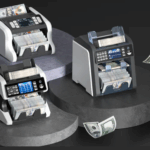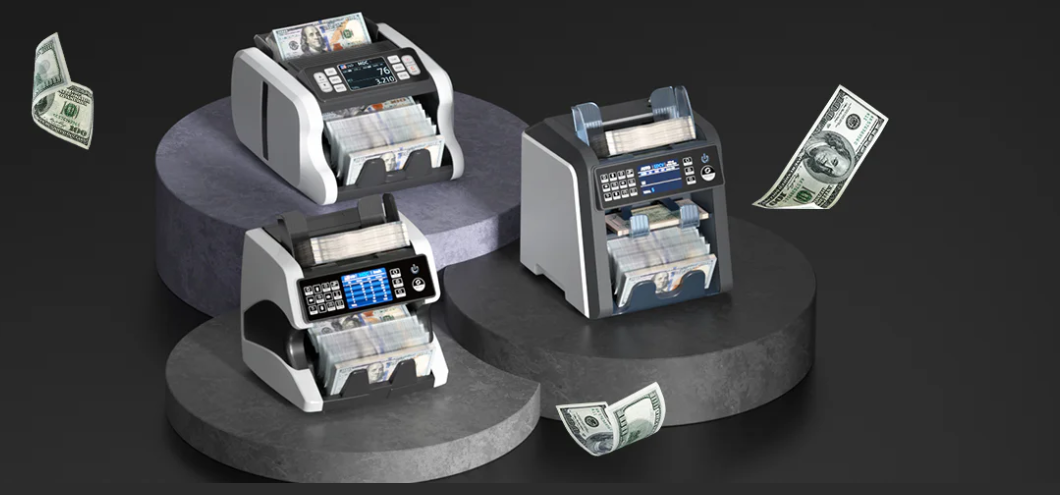While you may have used PDFs before, there are lots of things about these files that you may not know. In this guide, we’ll share the best ways to use them and tips and tricks to help you get more out of your PDFs.
Uses of PDFs
The cofounder of Adobe, Dr John Warnock came up with the idea of a system where documents could be uploaded, shared and printed from anywhere in the world. In 1993, he helped to create the PDF which went on to become one of the most widely used document types. Here are a few of the uses of PDFs including the benefits that they offer.
Sharing Files
PDFs are made primarily for sharing files. The advantage of using PDFs for sharing is that they’re compatible on all systems and formatting is preserved no matter which device they’re opened on. Users will be able to read and understand the document whether they open it on a Mac, a PC or a mobile device.
Sharing is made easier thanks to smaller file sizes, even when lots of images and elements are used in the file. In addition, it’s possible to compress PDF to smaller size, making sharing simpler if you’re sending large files or a large number of them.
While compressing the document makes sharing easier, you won’t lose significant quality if you follow the right steps. This involves using an application like the PDF squeezer which can reduce file size by up to 90% with limited loss in quality.
Signing Documents
In 2011, Adobe acquired the company Sign, enabling its documents to be digitally signed by users. This means legal documents can be shared around the world, facilitating fast completion and allowing documents to be signed even if the parties are located in different countries.
Being able to sign PDF documents is incredibly useful and has applications in the world of law, real estate, remote work and more. In an increasingly globalized world, the ability to share and sign documents online is invaluable and it’s very easy to do.
To add your signature to a PDF file, simply open the tools menu and create a signature or add your initials. When using a touchscreen device, a finger or stylus can be used, and it’s also possible to scan and upload a copy of your signature so you can easily apply it whenever you need to sign a document.
Services such as DocuSign allow you to upload documents and share them with parties, with email notifications whenever a signature is applied. This is useful for contracts, where signatures need to be made before actions can be taken.
Sensitive Data Transfer
PDFs have excellent data security features that make them ideal for sending sensitive information. For example, you can adjust the settings of the PDF to ensure that the file can’t be shared or printed and that sensitive details can’t be copied. This makes them ideal for information on pay scales, product manufacturing and customer data.
Encryption is another important feature that’s built into the PDF, ensuring that only authorized users can view the file. You can lock files for editing too, keeping the document as is and preventing unauthorized changes. Passwords can be used for additional encryption, keeping the file secure even if someone else gains access to it.
Keep an eye for more latest news & updates on Forbes Indo!










